Installation of polyurethane - how to do it yourself
When purchasing decorative elements made of polyurethane, we are faced with the question: “How not to spoil the purchased product, but to install it efficiently and receive aesthetic pleasure after the repair process?” Buyers often ask: “Where and how can polyurethane products be used? How can I install the profile myself?” We are ready to give answers to these and other questions.
First, you should understand what polyurethane is? The full name of polyurethane is polyurethane foam. This is foamed plastic, which is obtained as a result of chemical reactions occurring when mixing such components (water, polyester, diisacionite, emulsifiers and catalysts). It is wear-resistant, resistant to mechanical stress, environmentally friendly, lightweight, resistant to temperature changes (melts at t 3000 C), does not absorb odors and moisture, which allows it to be used in the bathroom, kitchen, its density is equal to wood, an advantage over before the latter, it is that it does not deform or crack over time. In order to install decorative elements made of polyurethane, such as cornices and moldings, we will need the following tools:
miter box (a tool for cutting internal and external corners); fine-toothed hacksaw; tape measure (up to 3 m); pencil; joining glue (used to connect elements together); mounting adhesive (for connecting the decor to the wall and ceiling); putty knife; fine-grained sandpaper;
When installing elements over 10 cm, anchor nails are used for better fixation, and if the house has concrete walls, use a hammer drill and self-tapping screws. Before starting work with cornices and moldings made of polyurethane, the products must be kept in the room where installation work will take place for 24 hours, the surface must first be prepared, it must be smooth, dry and dust-free, the strength of the fastening and the duration of operation depend on this. The temperature at which the work should be carried out should be room temperature and do not forget to take into account the losses that will occur when cutting corners and rapport, they can range from 30-50 cm per corner. The next step is marking, which is best done along the wall with a cord, take the profile and apply mounting adhesive to the side surfaces of the element and spread it over the surface. Place the element against the wall and secure it. To connect the profiles, use joint adhesive; apply it in excess to fill the joint cavity. To prevent the seams from coming apart, we recommend securing them with nails at a distance of 4 cm from the gluing site. After drying (after 24 hours), the nails are removed along with the remaining glue; it would not be a mistake to recess them into the profile and putty the fastening points. The installation of the decorative element is completed, now we need to paint it, for this we will need a brush, for uniform application we use a spray gun, covering not only the decorative elements, but also painting the ceiling. Any paints can be used except those containing acetone.
When shrinking new houses, there is a discrepancy between the joints; the problem that has arisen can be corrected by replacing a badly damaged link, or using glue and putty, removing the old glue from the seam and filling the space with new joint glue; after drying, the joint area is puttied with putty based on PVA glue, sanded and painted. To install decorative elements in a damp room, you must avoid contact with surfaces not protected by primer. To do this, it is necessary to prime the product after fastening and paint it.

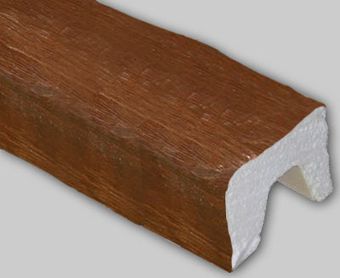 Decorative beams
Decorative beams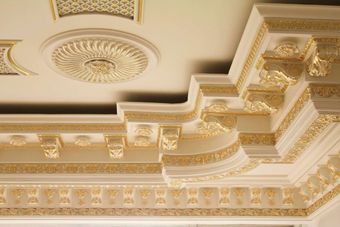 Smooth cornices
Smooth cornices Cornices with ornaments
Cornices with ornaments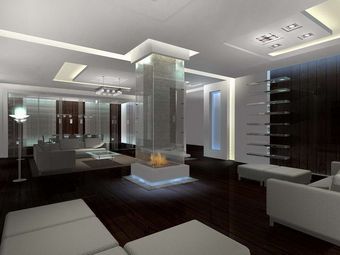 Concealed lighting cornices
Concealed lighting cornices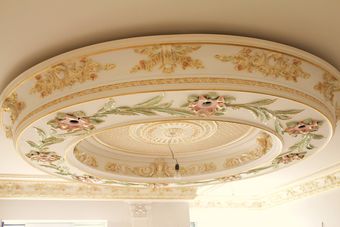 Polyurethane domes
Polyurethane domes Ceiling tiles
Ceiling tiles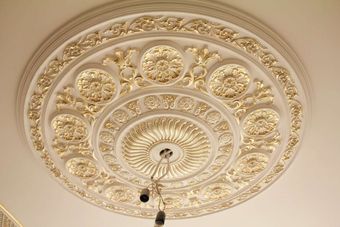 Decorative rosettes
Decorative rosettes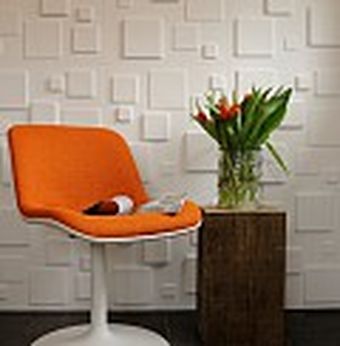 3D panels
3D panels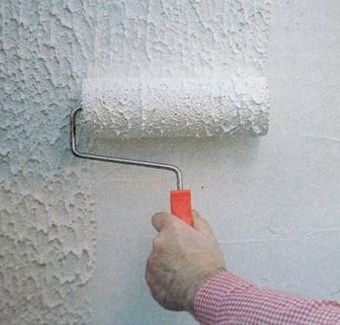 Liquid wallpaper
Liquid wallpaper Door frame
Door frame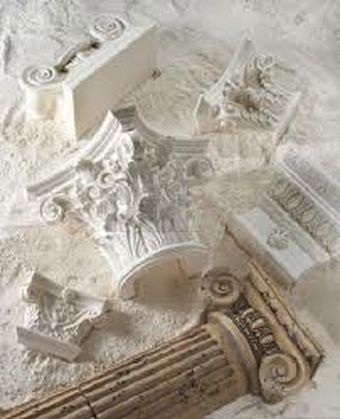 Columns and semi-columns
Columns and semi-columns Moldings
Moldings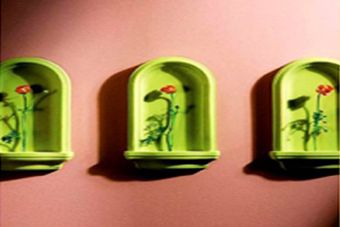 Wall niches
Wall niches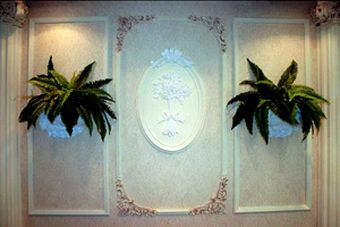 Ornaments, panels
Ornaments, panels Fireplace panels
Fireplace panels Pilasters
Pilasters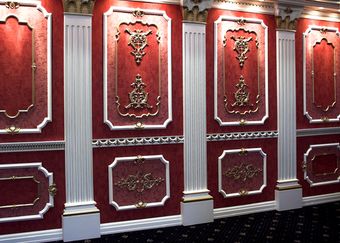 Corner elements
Corner elements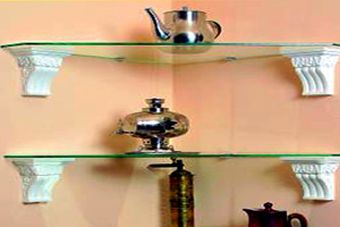 Brackets, consoles
Brackets, consoles Photo paintings
Photo paintings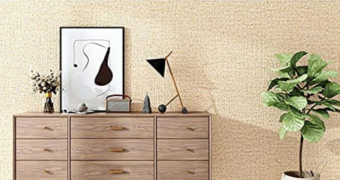 Texture wallpaper
Texture wallpaper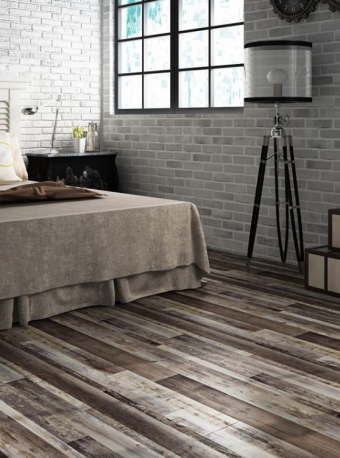 Self-adhesive tiles
Self-adhesive tiles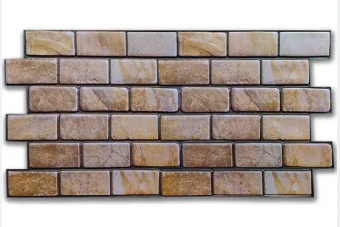 Decorative PVC sheet panels
Decorative PVC sheet panels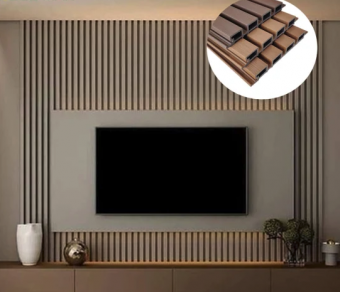 WPC Decorative Wall Slats
WPC Decorative Wall Slats Carpets
Carpets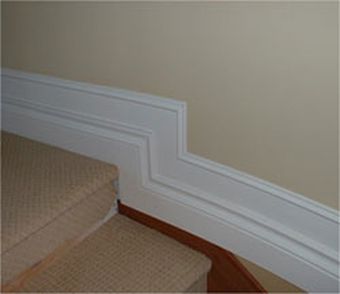 Floor skirting boards
Floor skirting boards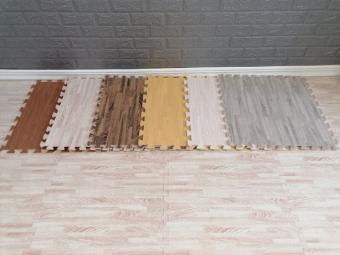 Soft floor puzzle
Soft floor puzzle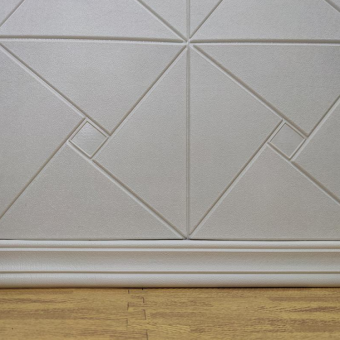 Self-adhesive skirting board
Self-adhesive skirting board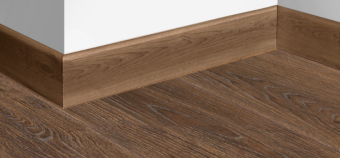 MDF plinth
MDF plinth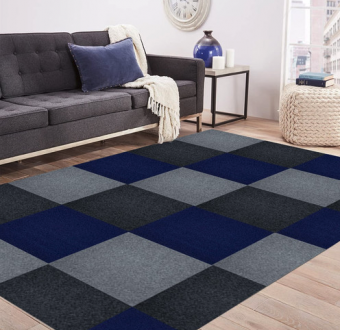 Self-adhesive carpet
Self-adhesive carpet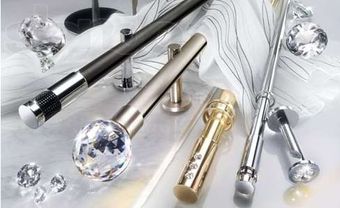 Curtain rods
Curtain rods Window sills
Window sills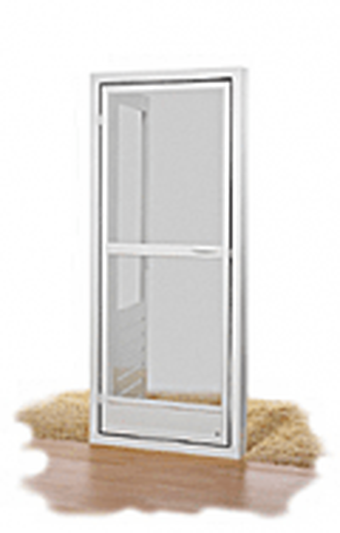 Mosquito net
Mosquito net Photoblinds
Photoblinds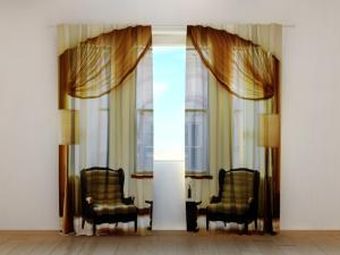 Photo curtains
Photo curtains Roller blinds (roller blinds)
Roller blinds (roller blinds)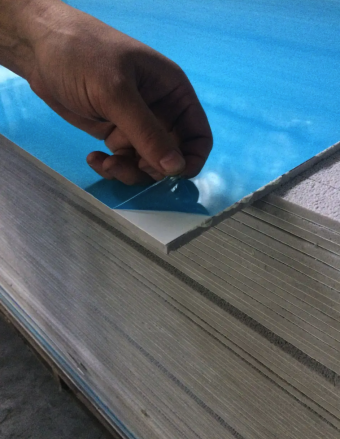 Sandwich panels
Sandwich panels Window sills
Window sills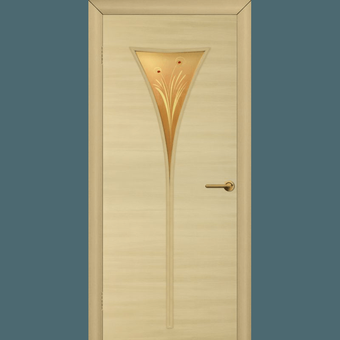 Doors Omis
Doors Omis Liquid nails and glue
Liquid nails and glue Photobed
Photobed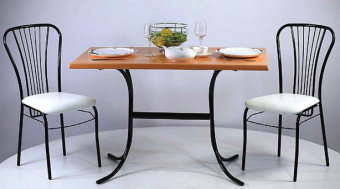 Table tops
Table tops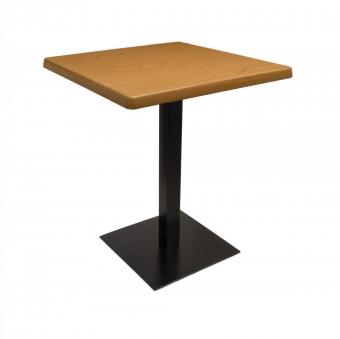 Table supports
Table supports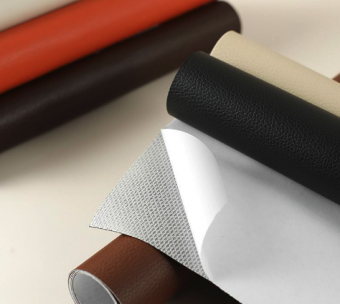 Self-adhesive eco-leather
Self-adhesive eco-leather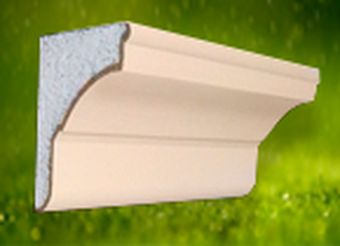 Cornices for facade
Cornices for facade Moldings for facade
Moldings for facade Columns, pilasters
Columns, pilasters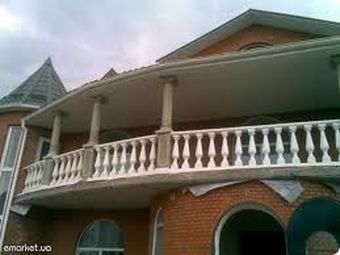 Balustrades, balusters
Balustrades, balusters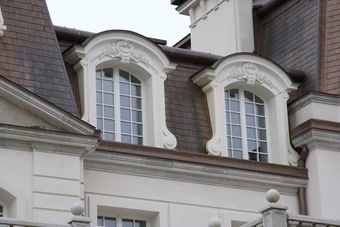 Window framing
Window framing Bassages, rustics, castles
Bassages, rustics, castles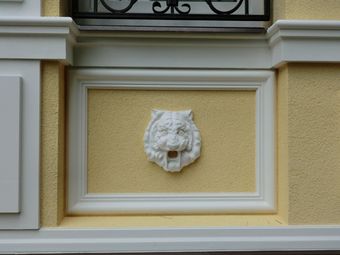 Sandriks, decor, bas-relief
Sandriks, decor, bas-relief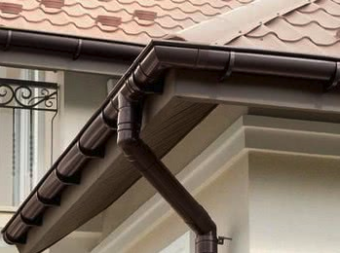 Drainage systems
Drainage systems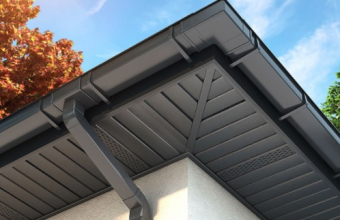 Soffits
Soffits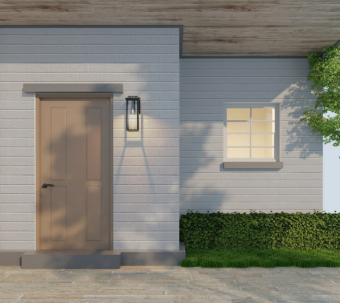 Facade panels
Facade panels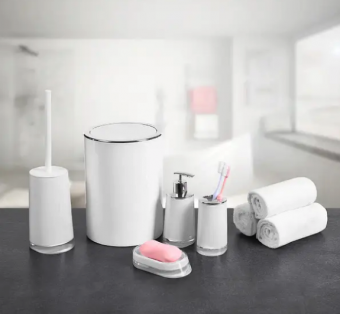 Bathroom accessories
Bathroom accessories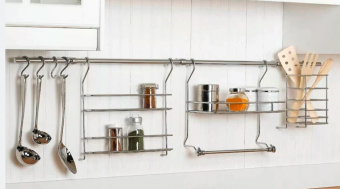 Kitchen accessories
Kitchen accessories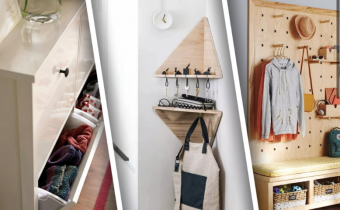 Accessories for the hallway
Accessories for the hallway Accessories for cosmetics
Accessories for cosmetics Household chemicals
Household chemicals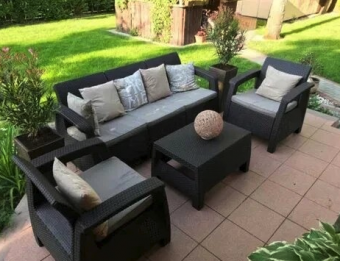 Materials for street decoration
Materials for street decoration